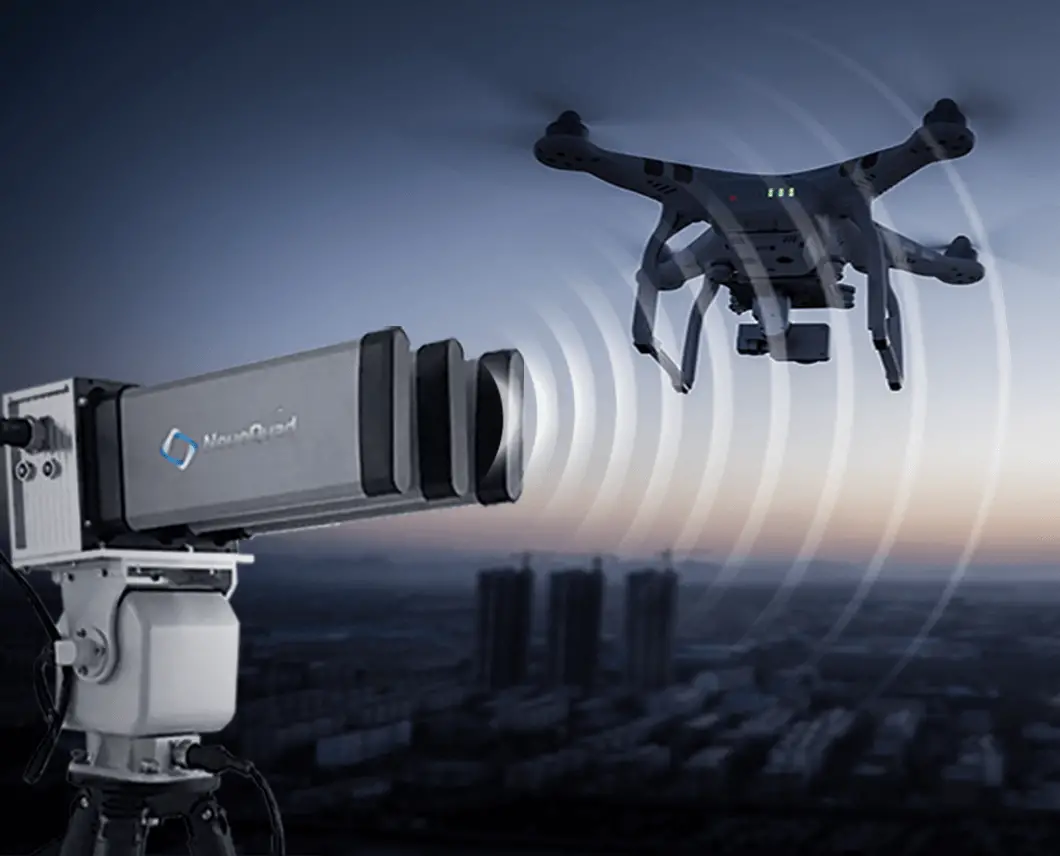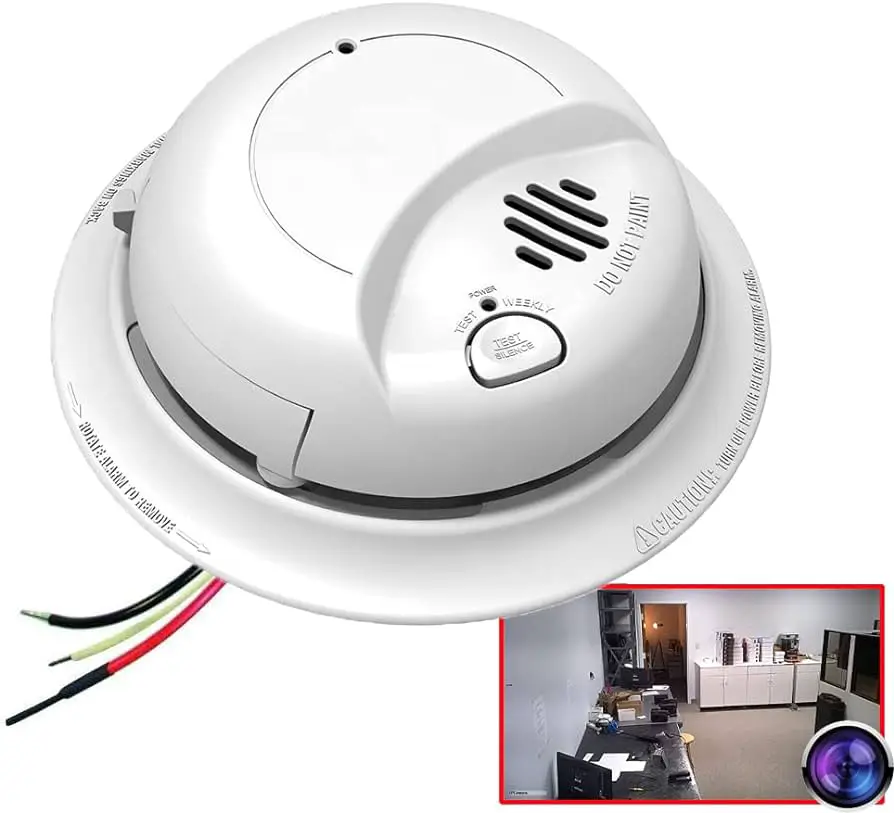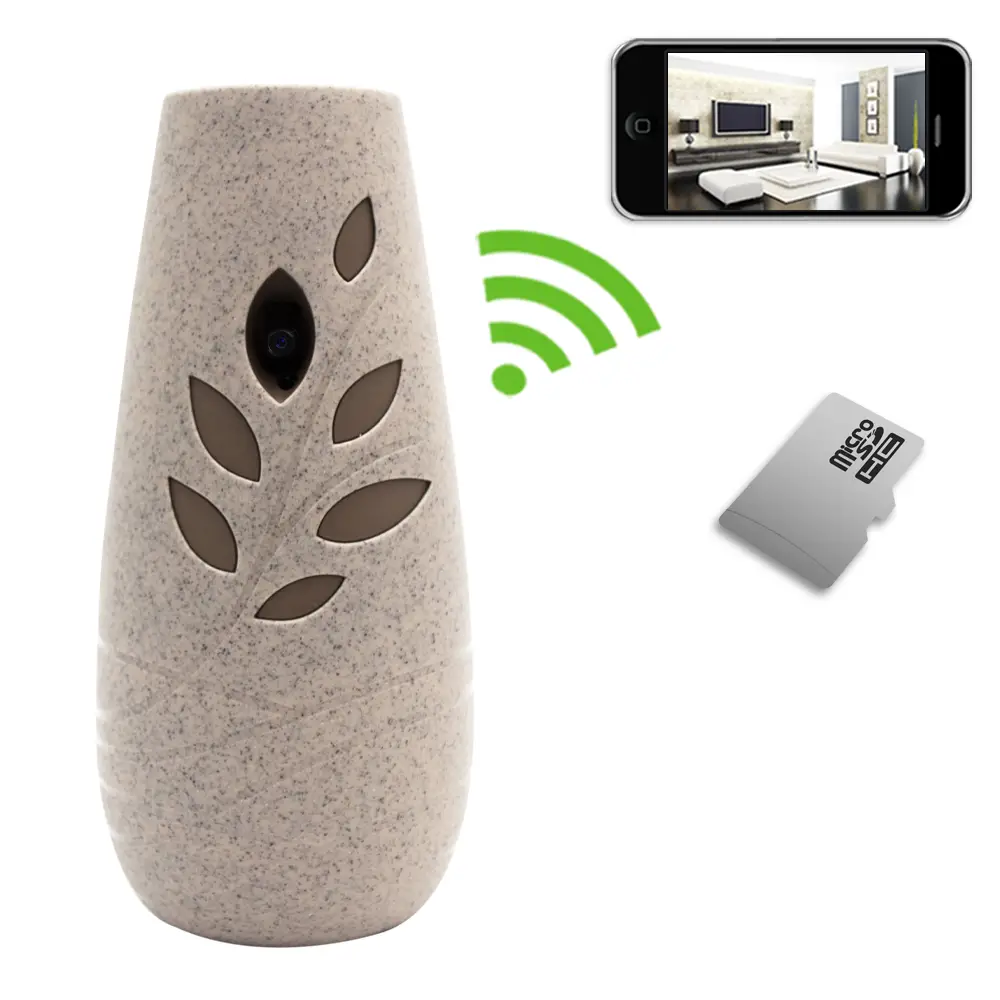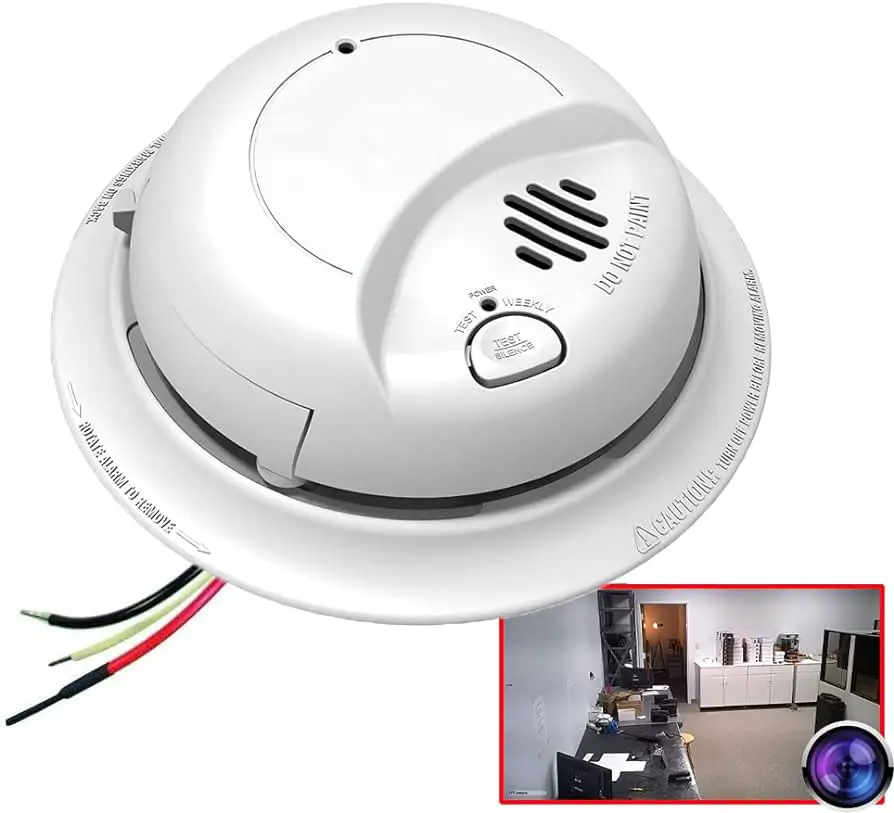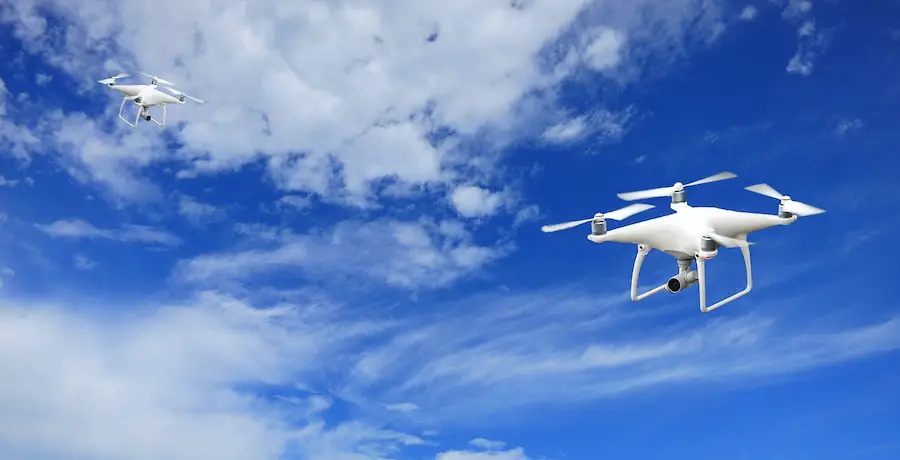Jam a drone involves using a transmitter to disrupt its radio and GPS signals, preventing it from functioning properly. This technique can be deployed from a distance, interfering with the drone’s guidance system.
Drone jamming technologies are a crucial tool for countering unauthorized drone activities, offering a means to neutralize drones effectively. With the rising concerns regarding privacy, security, and airspace regulations, the demand for effective drone jamming solutions continues to grow. By understanding the mechanisms and applications of drone jamming, it becomes possible to explore the diverse methods and devices available for countering this evolving technological challenge.
From electronic jamming to kinetic countermeasures and anti-jamming devices, the landscape of drone jamming presents a dynamic and rapidly evolving field of innovation and security implementation.
The Drone Threat Landscape
The rapid proliferation of drones has significantly altered the security landscape, introducing new challenges and concerns. As drone technology evolves, so do the threats they pose. Understanding the drone threat landscape is crucial in developing effective countermeasures and safeguarding against potential risks.
Rise Of Drones In Surveillance
Drones have become increasingly popular for surveillance purposes due to their ability to access hard-to-reach areas and provide real-time aerial views. This rise in the use of drones for surveillance has raised concerns about privacy invasion and unauthorized data collection.
Security Concerns Over Unmanned Flight
The unmanned nature of drones presents security concerns, as they can be easily exploited for malicious activities such as unauthorized surveillance, smuggling, and even physical attacks. Their ability to bypass traditional security measures poses a significant threat to critical infrastructure and public safety.
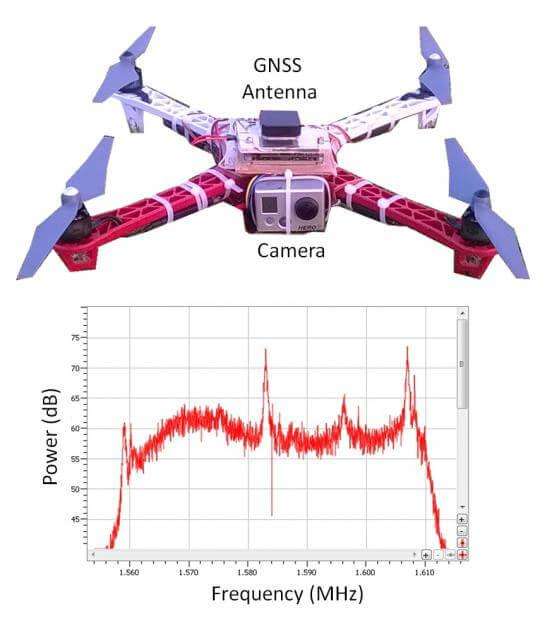
Credit: www.septentrio.com
Basics Of Drone Jamming
Drone jamming disrupts drone signals by emitting electromagnetic noise at the radio frequencies used by drones, causing interference with the communication between the drone and its operator. This disruption can lead to loss of control, navigation errors, or even force the drone to land or return to its starting point.
Electronic Countermeasures (ECM) – These technologies use radio frequency jammers to disrupt drone signals by overpowering them with electromagnetic noise. They can be effective against a wide range of drones.
GPS Spoofing – Spoofers manipulate the GPS signals received by the drone, tricking it into believing it is in a different location. This can cause the drone to fly off course or return to a preset location.
Net Guns – These devices physically capture drones by firing a net to entangle and disable them. They are often used for close-range defense against drones.
Projectile Weapons – Some anti-drone systems use projectiles or rounds designed to disable or destroy drones without causing collateral damage. These weapons can be deployed from a safe distance to neutralize drone threats.
GPS Jamming Protection – Devices like the GPSDome Jamming Protection provide anti-jamming capabilities to safeguard drones against GPS signal interference. These devices ensure stable and reliable GPS reception for drones.
Legal Framework And Regulations
The operation of drones has witnessed a rapid increase in recent years, leading to the need for stringent legal frameworks and regulations to govern their use. Governments around the world are actively working on establishing and enforcing laws related to drone operations, with a particular focus on anti-drone legislation and regulations.
Understanding Anti-drone Legislation
In response to the proliferation of drones, many countries have introduced anti-drone legislation aimed at regulating their operation. These laws are designed to address concerns related to safety, security, privacy, and airspace management. They often encompass restrictions on flight altitude, no-fly zones, and the use of counter-drone technologies.
Global Differences In Drone Jamming Laws
Drone jamming laws and regulations vary significantly across different countries and regions. While some nations have stringent measures in place to combat unauthorized drone activities, others are in the process of formulating comprehensive frameworks to address this emerging challenge. The differences in these laws reflect the diverse approaches taken by governments to mitigate the risks associated with drone operations.
Credit: www.researchgate.net
Technical Aspects Of Drone Jammers
Components Of A Jamming Device
Drone jammers consist of a transmitter that disrupts radio and GPS signals guiding the drone. They can operate from long distances, affecting drones thousands of feet away.
Frequency Bands And Their Impact
Jammers emit electromagnetic noise at the radio frequencies drones use, disrupting their communications with pilots and causing signal interference.
Active Countermeasures
Electronic Warfare Against Drones
When it comes to countering the threat of unauthorized drones, electronic warfare plays a crucial role. By utilizing advanced technology, organizations and authorities can effectively neutralize the capabilities of rogue drones, safeguarding critical infrastructure and public safety.
Deploying Radar Jammers
In the battle against rogue drones, deploying radar jammers is an essential tactic. These sophisticated devices are designed to disrupt the communication and guidance systems of drones, rendering them ineffective and preventing potential security breaches.
Passive Countermeasures
Passive countermeasures play a vital role in deterring unauthorized drone activities and ensuring airspace security. These measures are designed to mitigate the risks posed by drones without actively disrupting or engaging with them.
Detection And Monitoring Strategies
Implementing effective detection and monitoring strategies is crucial in identifying and tracking unauthorized drone incursions. Technologies such as radar, acoustic sensors, and radio frequency (RF) scanners can be utilized to detect and locate drones within a designated airspace. Additionally, the integration of advanced surveillance systems and artificial intelligence (AI) algorithms enables real-time analysis of drone behavior, enhancing situational awareness for timely response.
Physical Barriers And No-fly Zones
Establishing physical barriers and designated no-fly zones is essential in preventing unauthorized drone access to sensitive areas. Utilizing physical obstacles such as net guns, drone-capture devices, and anti-drone fences can effectively impede the intrusion of drones into restricted airspace. Furthermore, the implementation of geofencing technology and airspace management protocols helps in creating virtual boundaries and enforcing no-fly zones to enhance security.
Kinetic And Non-kinetic Solutions
When it comes to countering drone threats, there are two main categories of solutions: kinetic and non-kinetic.
Net Guns And Projectile Weapons
Net Guns: These devices fire a net to entangle and capture the drone for investigation.
Projectile Weapons: Specialized projectiles designed to disable or destroy drones without collateral damage.
Gps Spoofing And Cyber-countermeasures
GPS Spoofing: Technique involving sending false GPS signals to deceive drones.
Cyber-Countermeasures: Utilizing technology to counter drone threats in the digital realm.
Counter-countermeasures
Counter-Countermeasures are essential in the ongoing battle between drone jammers and anti-jamming technology. As jamming techniques continue to evolve, it is crucial to explore innovative strategies to overcome these challenges.
Techniques To Overcome Jamming
When facing jamming threats, it is vital to employ effective techniques to overcome such disruptions. Some of the key strategies include:
- Frequency hopping: By rapidly switching between different frequencies, drones can evade jamming attempts.
- Signal encryption: Utilizing advanced encryption methods can safeguard communication signals from jamming interference.
- Dynamic routing: Implementing dynamic routing protocols enables drones to adapt and find alternative communication paths in the presence of jamming.
Advancements In Anti-jamming Technology
Advancements in anti-jamming technology have played a pivotal role in enhancing the resilience of drones against jamming attacks. Some notable developments include:
- Nulling antennas: These antennas can adapt to nullify jamming signals, allowing drones to maintain communication integrity.
- Beamforming technology: By focusing transmission beams, beamforming technology enables drones to mitigate the impact of jamming.
- Multi-constellation GNSS receivers: Leveraging signals from multiple satellite constellations enhances the accuracy and reliability of drone navigation, reducing susceptibility to GPS jamming.
Real-world Applications
The use of drone jammers has proven to be invaluable in various real-world scenarios, from military operations to protecting privacy and preventing espionage. Let’s delve into the diverse applications of jamming technology:
Military Use Of Drone Jammers
Drone jammers play a crucial role in military operations, providing a strategic advantage by disrupting enemy drone communications and thwarting potential threats. These jammers can effectively neutralize hostile drones, ensuring the safety and security of military personnel and assets.
Protecting Privacy And Preventing Espionage
Deploying drone jammers is essential for protecting privacy and safeguarding sensitive information. By blocking unauthorized drone surveillance, these devices help prevent espionage and maintain the confidentiality of private data. Whether in corporate settings or government facilities, drone jammers are a vital tool in ensuring privacy and security.
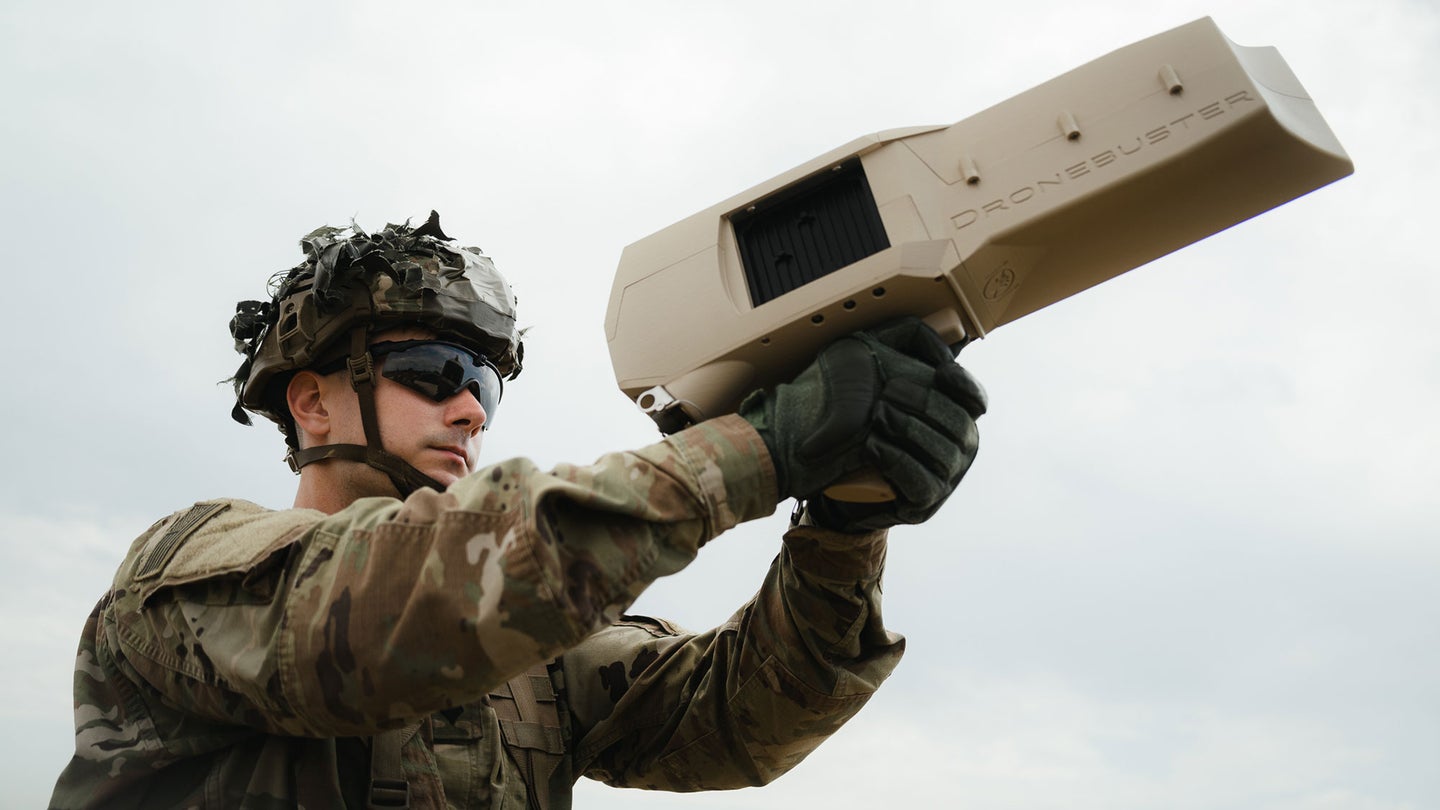
Credit: www.popsci.com
Future Of Anti-drone Technologies
Exploring the future of anti-drone technologies unveils a landscape filled with innovative solutions and challenges. As drones become more prevalent, the need for effective anti-drone measures grows. One such technology that is gaining traction is Drone Jamming.
Emerging Trends In Drone Jamming
Drone jamming techniques are evolving rapidly to keep up with the advancing drone technology. New strategies are being developed to counter the sophisticated capabilities of drones, ensuring enhanced security in various sectors.
Challenges And Opportunities Ahead
- Challenges: Overcoming the adaptability of drones to anti-jamming measures poses a significant challenge. Additionally, the legal and ethical implications of using drone jamming technologies need to be addressed.
- Opportunities: The increasing demand for anti-drone solutions creates a ripe environment for innovation and growth in the anti-drone technology sector.
Conclusion
Drone jamming is an effective method to disrupt the communication between a drone and its pilot. With the use of a transmitter, jammers can interfere with the radio and GPS signals that guide drones, rendering them useless. There are different types of drone jamming techniques available, such as electronic jamming and active radar jammers.
While there are also other counter-drone technologies, jamming remains a viable option for those looking to protect their airspace from unwanted drone activity.

